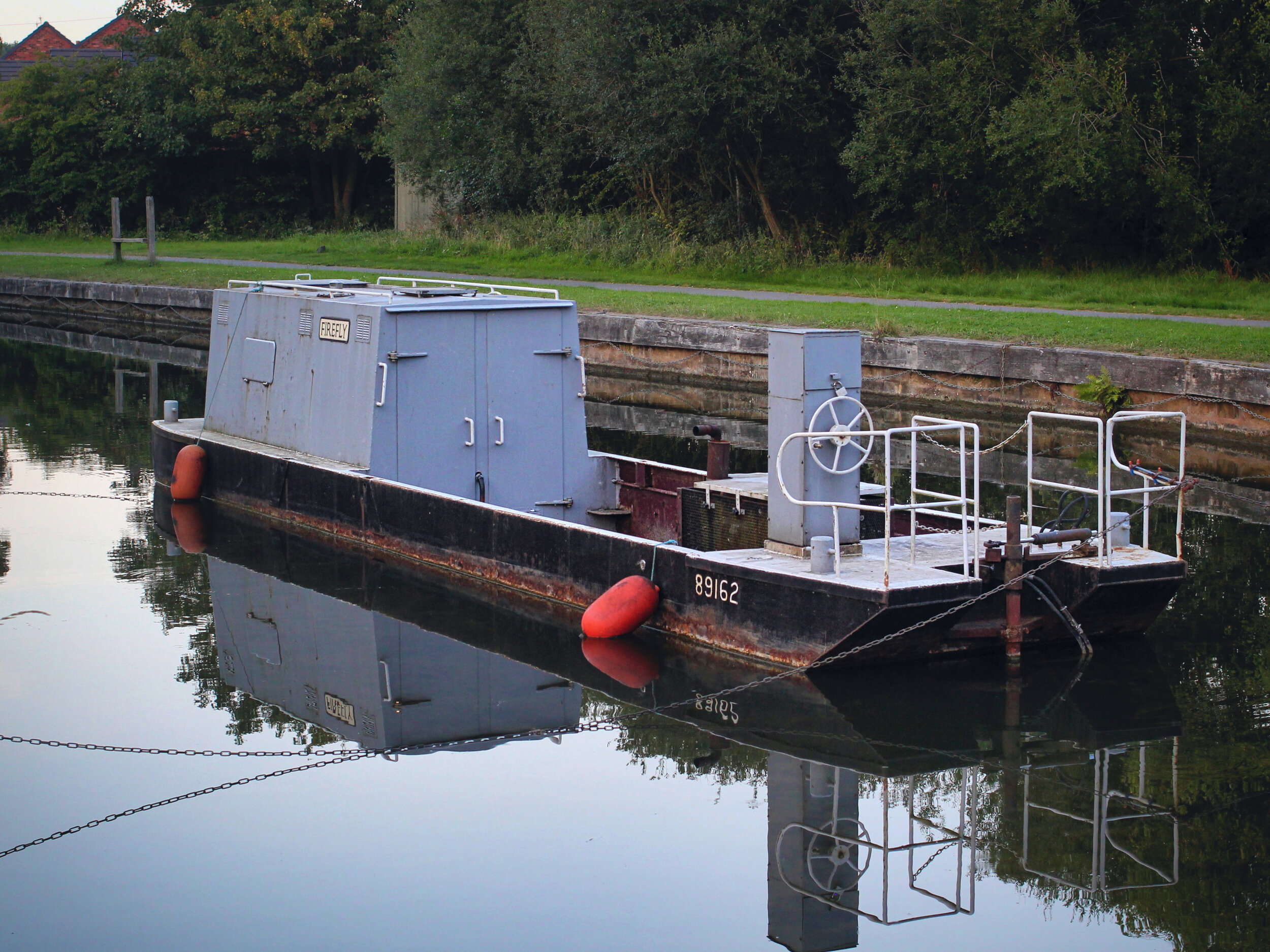Moira Furnace
Moira Furnace is a nineteenth-century iron-making blast furnace located in Moira, Leicestershire, on the banks of the Ashby-de-la-Zouch Canal.
It is a most important industrial monument, since it is remarkably well-preserved, and dates from a formative period of the Industrial Revolution.
Moira Furnace was a coke-fuelled, steam-engine blown blast furnace for the smelting of iron from local iron ore, with an attached foundry for the manufacture of cast-iron goods.
More below
The preserved furnace consists of the blast furnace, the attached bridgehouse, and the loading ramp. The blast furnace is the vertical structure with the blank arches at the lowest part of the site. The furnace within was supplied with raw materials (iron ore, coke, and limestone) by tipping them in through a charging port at the top, accessed from the bridgeloft. The loading ramp, which spans the Ashby Canal, allowed the raw materials to be raised into the bridgeloft, which comprises the top floor of the bridgehouse, the large building with the pitched roof behind the furnace. In the bridgeloft the materials were probably weighed and, maybe, mixed before being charged into the furnace.
When the furnace was fired the steam engine blower, now gone, forced a continuous blast of air into the bottom of the furnace in order to make the coke burn brighter and raise the temperature inside high enough to melt the iron (1,538 °C, 2,800 °F). The hot gases exhausted from the low chimney at the top of the furnace. When ready, the molten iron was tapped from the bottom of the furnace and run into moulds to produce pig iron.
Moira Furnace is one of the few remaining blast furnaces from this period of innovation - because it was a commercial failure. Had it been successful then it is highly likely that over time the site would have developed and the first furnace replaced.










